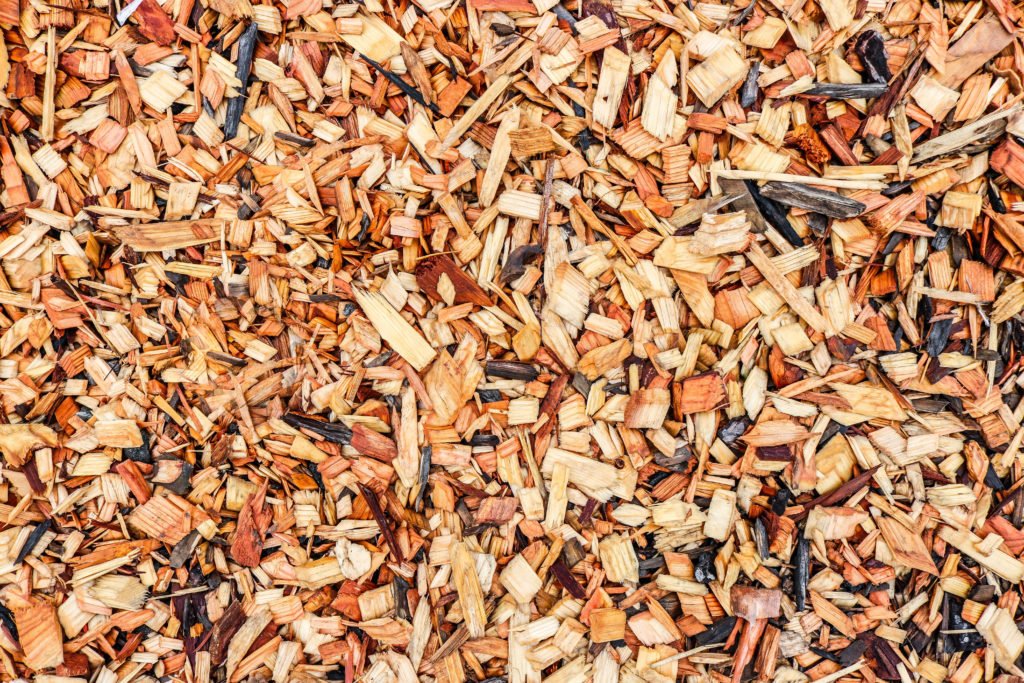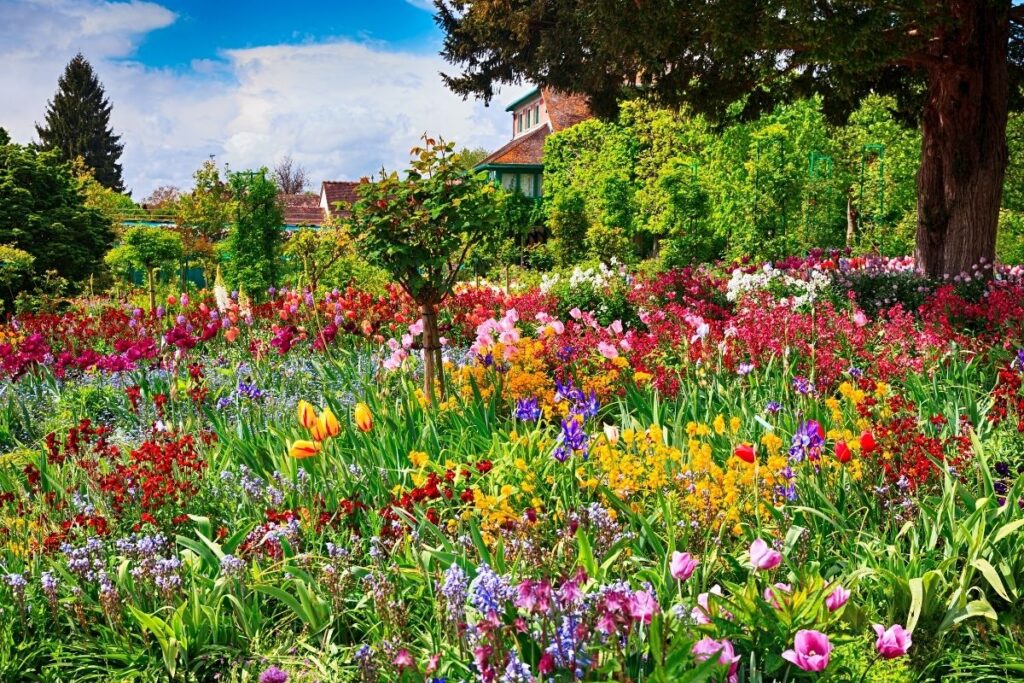New York City is the most densely populated city in the United States, but that doesn’t mean you can’t start a colorful garden there! No matter where you live in the city, you can grow a variety of species with the right conditions and care.
From spacious backyards to tiny balconies, these NYC outdoor plants bring will make your home feel like Central Park. Let’s look at a list of five outdoor plants uniquely suited to grow well in the Big Apple.
Snake Plants
Usually lauded as a popular houseplant, snake plants can also do quite well outdoors. The plant features slender leaves that seem to rise upward from the dirt, creating a unique serpent-like appearance. If you want to grow snake plants in New York City, there are a few things to keep in mind before you begin planting. While these plants can handle short bouts of cold weather, they aren’t typically used to being outside in frigid temperatures for too long. Make sure you plant them close to an exterior wall to shield them from brutal winds.
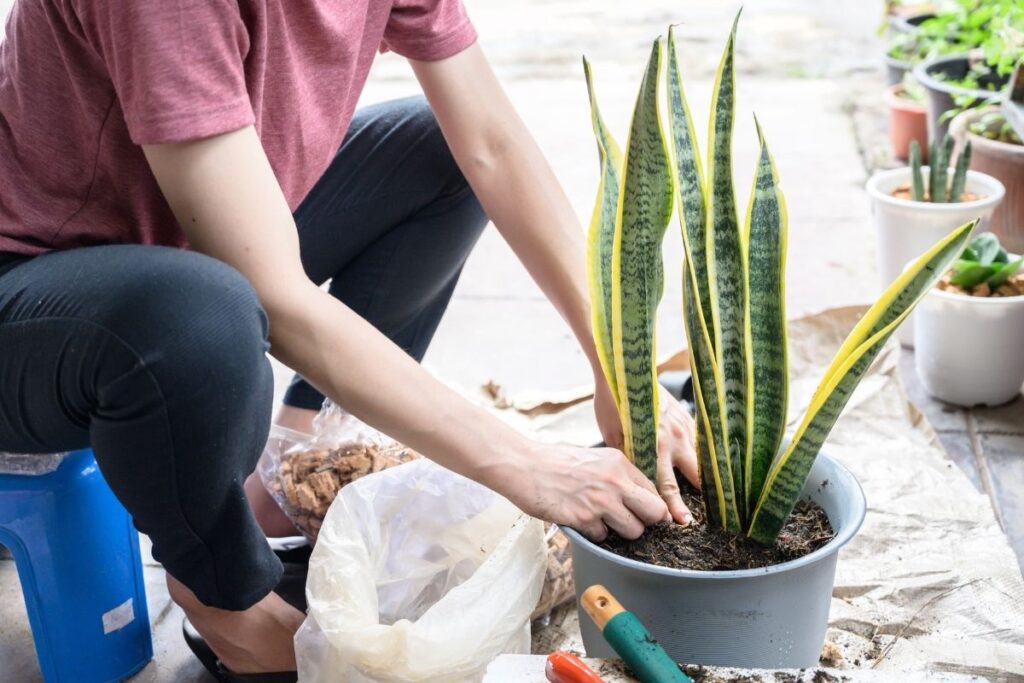
To grow snake plants outside, clean them regularly with room-temperature water. These plants prefer shade to partial sun rather than bright, direct light. Check the soil daily to ensure that it’s moist but never soggy. It’s also recommended that you plant them in pots to move the snake plants inside when the NYC temperatures get extremely frigid.
Always use a potting mix instead of soil to ensure your snake plants get the nutrients they need. The suitable soil, temperature, light, and watering habits will keep the plant’s roots healthy, so they can grow taller over time. If you’re new to New York City and don’t have a lot of space or spare time, snake plants are a great choice because of they’re resilient and easy to maintain.
Zanzibar Gem
The Zanzibar Gem, or ZZ plant, is a popular influencer houseplant, but it’s also perfectly capable of thriving outdoors, too. Since these plants are extremely low maintenance, they’re a great choice if you live the busy New York City lifestyle. The plant features long stems with several broad, dark green waxy leaves that shoot out from the center in clusters.
If you decide to grow your ZZ plant outside, make sure you pot it in a container to bring it inside as the temperatures get cooler. Here are a few ZZ plant maintenance tips to help your plant thrive:
- Water your ZZ plant every two weeks or so to keep the soil moist, and only water the plant when the soil feels dry to the touch.
- Keep the leaves of the ZZ plant shiny and beautiful by wiping them with a damp washcloth.
- ZZ plants like partial sunlight, so keep them in a place where they’ll get at least an hour or two of filtered sunlight per day, preferably near the south-facing area of your condo.
- To fertilize the ZZ plant, add some fertilizer diluted to half strength once or twice during active growth.
It’s important to note that if you have small children or pets at home, the ZZ plant is toxic if ingested, so keep it well out of reach of curious fingers and snouts.
Devil’s Ivy
Devil’s Ivy is just an ominous nickname for pothos, one of the most popular and easiest plants to grow of all time. This leafy, vining plant is a cinch to grow and maintain indoors and outside. The fast-growing pothos plant can grow at a staggering rate of between 12 to 18 inches in length per month under the right conditions. You may wonder if this common office and houseplant can be grown outdoors.
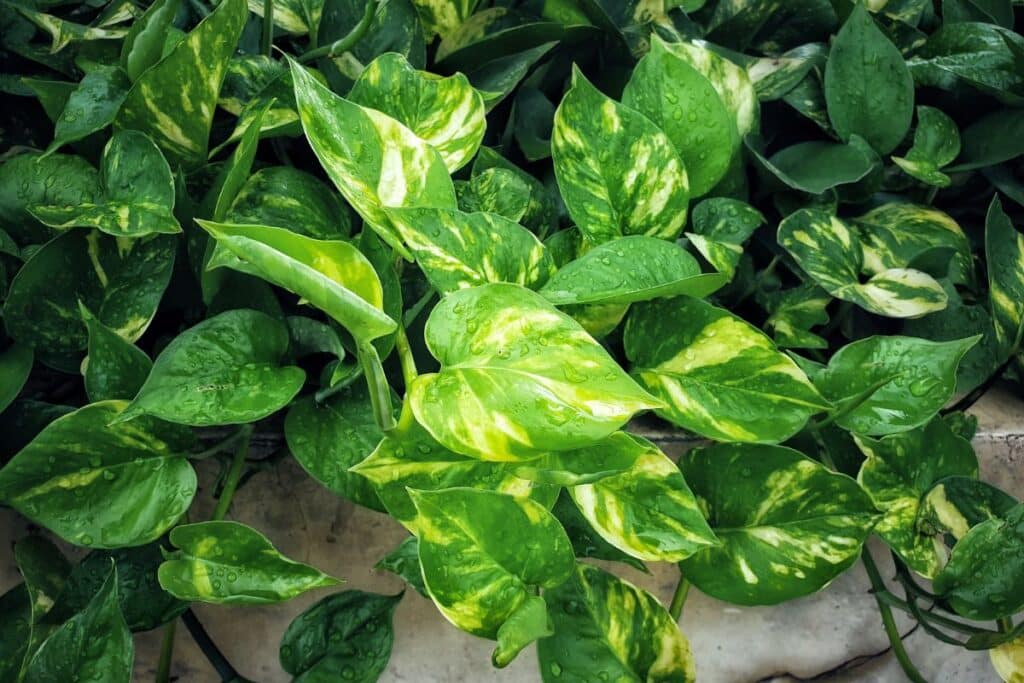
The answer is yes, but only if it’s placed in a portable container so you can bring it back inside as the NYC temperatures dip. Devil’s Ivy is a vine native to the Solomon Islands, so it’s better suited for a year-round tropical environment. However, you can still enjoy your pothos outside in New York City during the warmer months.
When enjoying your Devil’s Ivy outdoors, ensure you place it in a shady area that gets adequate dappled morning light. Ideally, the temperature should be between 70 and 90 degrees F if you leave it outside. High humidity makes the Devil’s Ivy thrive, and this plant does quite well in almost all soil types without any special additives required. Since this is a climbing vine, you can place it near a trellis on your condo balcony and watch it grow taller in spring and summer. Just make sure you can relocate it once the fall temperatures arrive.
Hydrangeas
Hydrangeas are stunning flowering plants with large blooming globes of flowers in soft, pastel hues. This flowering shrub is a beautiful addition to your New York City garden and typically shows off its blooms during the spring and summer. With the proper care, hydrangeas can grow as tall as 15 feet and make a great flank for a slight stoop or walkway.
Plant them in the fall to establish a strong, healthy root system to ensure spring blooms. Water your hydrangeas with approximately one inch of water during the growing season, and deeply water them three times a week to encourage more root growth. Water them in the morning to keep them from drying out on hot summer days.
You can also add some mulch under the hydrangeas to help keep the dirt cool and moist. Use organic mulch to provide the plants with healthy, natural nutrients. Plant them in an area with lots of morning sun and plenty of afternoon shade to prevent the leaves from burning. Ideally, these shrubs should get around three hours of sunlight per day. Hydrangea plants are not drought-tolerant, so make sure that you check the soil regularly for dryness and water them as needed to promote healthy, colorful blooms.
Dogwood
The dogwood is an iconic flowering tree native to the eastern portion of the US. These beautiful trees make it easy to spruce up your New York City home. The flowers can range in color and feature white blooms or shades of red and pink. Most dogwood trees bloom for a few weeks during the early part of the spring season. In late summer, dogwoods have deep green foliage that turns to reddish-purple leaves in the fall.
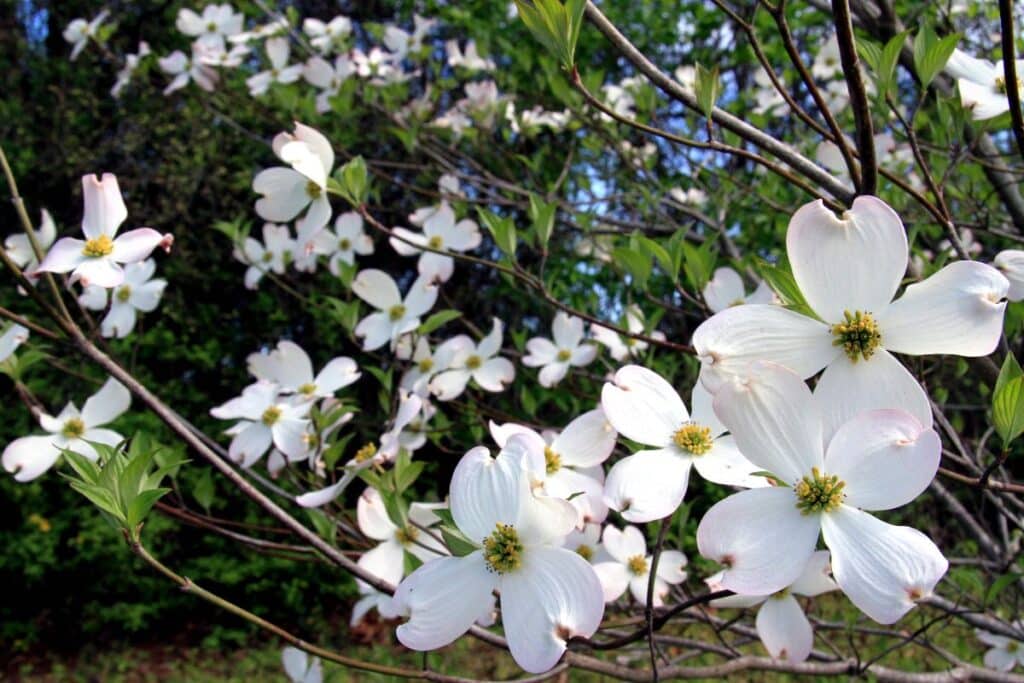
You can grow them in containers or plant them directly into the soil. Leave the root ball slightly above ground level, then add a layer of mulch to conserve water. Ensure the mulch is a few inches from the trunk, and water the root ball thoroughly after planting.
Once your dogwood trees are established, you can water them once per week to a depth of around six inches. These trees usually need more frequent watering during any hot, dry spells and in the summer and fall seasons. You can use a standard all-purpose fertilizer to help promote healthy growth and to encourage the stems to grow stronger. If your dogwood tree reaches a height of four feet or taller, it’s best to stake it so that it remains strong and continues to grow upright.
Brighten Your New York City Space
Consider these five beautiful plants that you can grow outside in New York City to give your entryway, garden, or terrace a boost of greenery and color. Make sure that the plants designated as houseplants are moved indoors during the fall and winter and don’t forget to re-pot your plants as needed. You don’t need to be a green thumb to enjoy beautiful plants. With these tips and the right species, anyone can enjoy the beauty of nature, even if they live in a busy urban environment.


